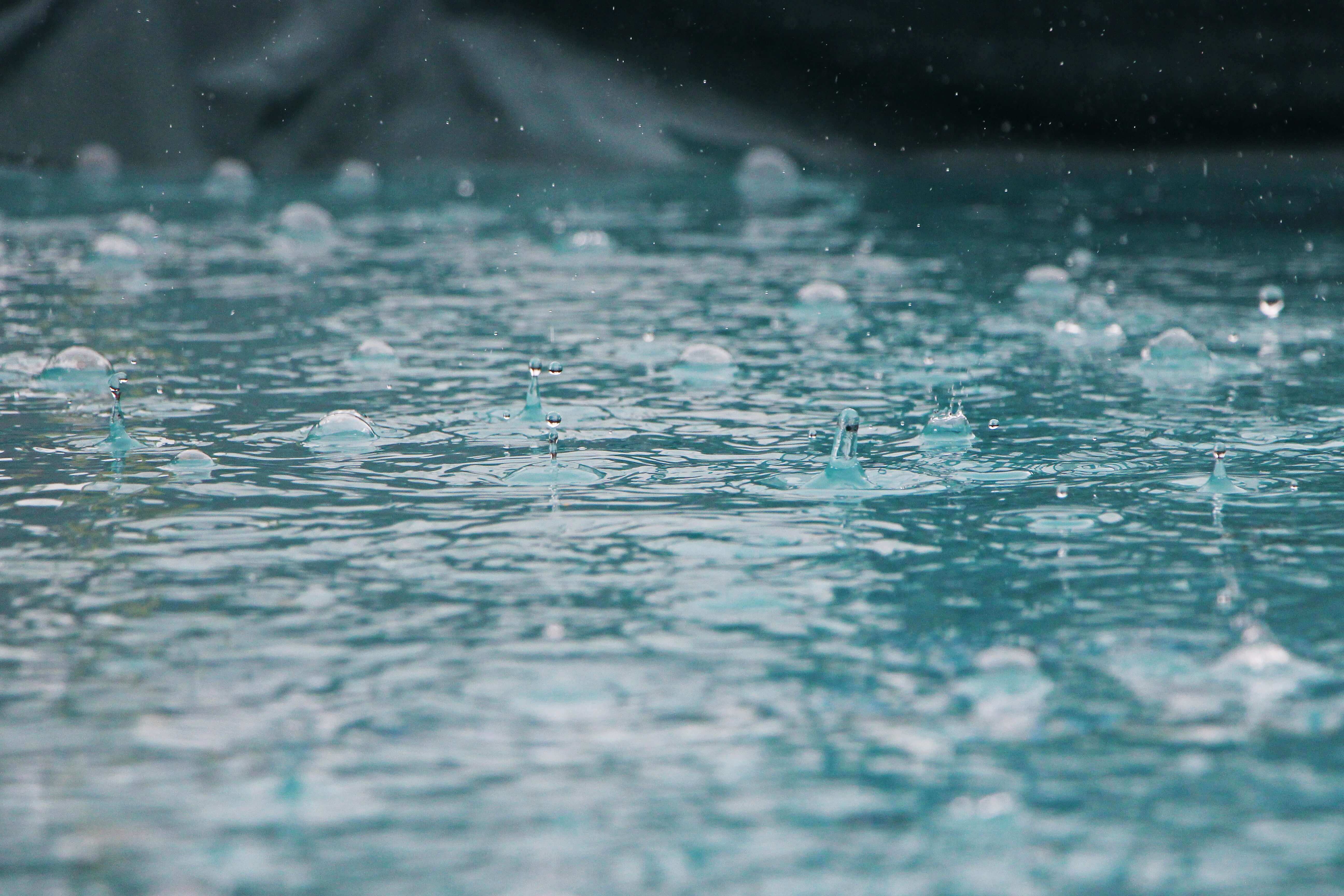
Table of contents
Water Shortage – A Serious Danger?
We use water every day. And not just for drinking, showering, cooking or doing laundry. The vast majority of the water available to us flows into agriculture to produce food and other products. Is there enough for everyone? Or should we fear a water shortage in the future? The answers to these questions can be found in this article.
Is there enough water for everyone?
We all know that most of the earth is covered with water. Whole 71% of the earth's surface, to be exact. How can it be that more than half of the world's population experiences water scarcity for at least one month per year?
The answer to this question lies in the availability of water. It's not about how much water there is overall, but how much of that water is available and usable for us. 97% of the water on Earth is salt water. The minerals it contains make salt water inedible for us humans. And it cannot be used in agriculture either due to its ingredients. The entire human race must therefore be supplied with fresh water from the remaining three percent. However, that is not the real difficulty.
Because the problem is that this limited water supply across the planet not evenly distributed is. A variety of geographical and climatic factors are the reason why some regions of the world are better equipped with natural water sources and rainfall than other areas. In Northern and Western Europe and South America, for example, people have a lot of usable water. In other areas of the world, such as North Africa or the Middle East, people suffer from a lack of water. It is very hot and dry here, and it rarely rains, which prevents water reserves from being replenished. Unfortunately, transporting water over long distances is not only complex and energy-consuming, but also extremely expensive. In addition, the world population continues to increase.
In many water-scarce areas, but also in some regions with good access to water, people are emptying the water Water supplies faster than they can be replenished. Not least for this reason, underground water reserves are used. 21 of the world's 37 large underground reservoirs are now on the way to being irreversibly emptied. Humanity is currently relying to some extent on water sources that are finite - and yet is using the available amounts of water in a way that is anything but sustainable...
Photo by SHAH Shah on Unsplash
Why is so much water needed anyway?
Drink? 2-3 liters a day. In addition, there is the water that is used for showering, washing up, washing, cooking and flushing the toilet. That’s basically it, right?
Unfortunately no. Because we don't see most of the water we use every day. It's in food and the productsthat we use. In one day we – people living in industrialized nations – use an average of 3-4000 liters of water! This water, which is not directly visible to us and is used to make products, is also “virtual water” called.
Around 8-10% of water worldwide is used for household purposes. Another 20% goes to industry. The remaining 70% flows into a single sector: The agriculture.
Vast amounts of water are needed to support crops and livestock - everything to provide food for humanity. The growing world population doesn't make things any easier, because more human life on earth also means that more people need to be supplied with food.
What's next?
2.1 billion people already have no access to clean drinking water. The problem is getting worse due to the rise in global temperatures, population growth in poorer countries and the increasing consumption of water-intensive products.
Humanity's high water consumption is expected to result in the year 2050 5.6 billion people will be affected by water shortages. That's more than two thirds of the entire earth's population. In Germany, too, lawn sprinklers and other irrigation systems had to be turned off in some regions over the last few summers due to the long dry periods. Nevertheless, in this country it is difficult to imagine what a real water shortage will look like. The fact that people in some regions of Africa already do not have access to clean drinking water (not least because of large corporations like Nestlé) is often forgotten.
Photo by jasper wilde on Unsplash
What is being done?
In agriculture, ideas and new techniques are being developed to help limit water consumption. Through special Irrigation techniques Each plant should only be given as much water as it actually needs. New plants are being bred that are less thirsty. Some farmers are switching to growing less water-intensive foods. Processes that require less water are also increasingly being implemented in industry. It will be on production processes Worked in which used water is recycled and thus reused. All of that is great. But we ourselves can also help ensure that less water is used.
A big point here is this Food waste. The majority of the food produced ends up in the trash. In addition, you can eat it very much water-intensive foods (e.g. cocoa, red meat, nuts). Just by one vegetarian diet we can reduce our water footprint by around a third. Find more ideas and tips for saving water starting next week on our blog.
Even if a large part of water consumption is not directly in our hands, we can already do a lot with our daily habits. Water is vital for each of us. Therefore, we should not shirk the responsibility to contribute.
If you would like to find out more about the topics of sustainability, mindfulness or healthy eating, take a look here over.
Photo by Paweł Czerwiński on Unsplash









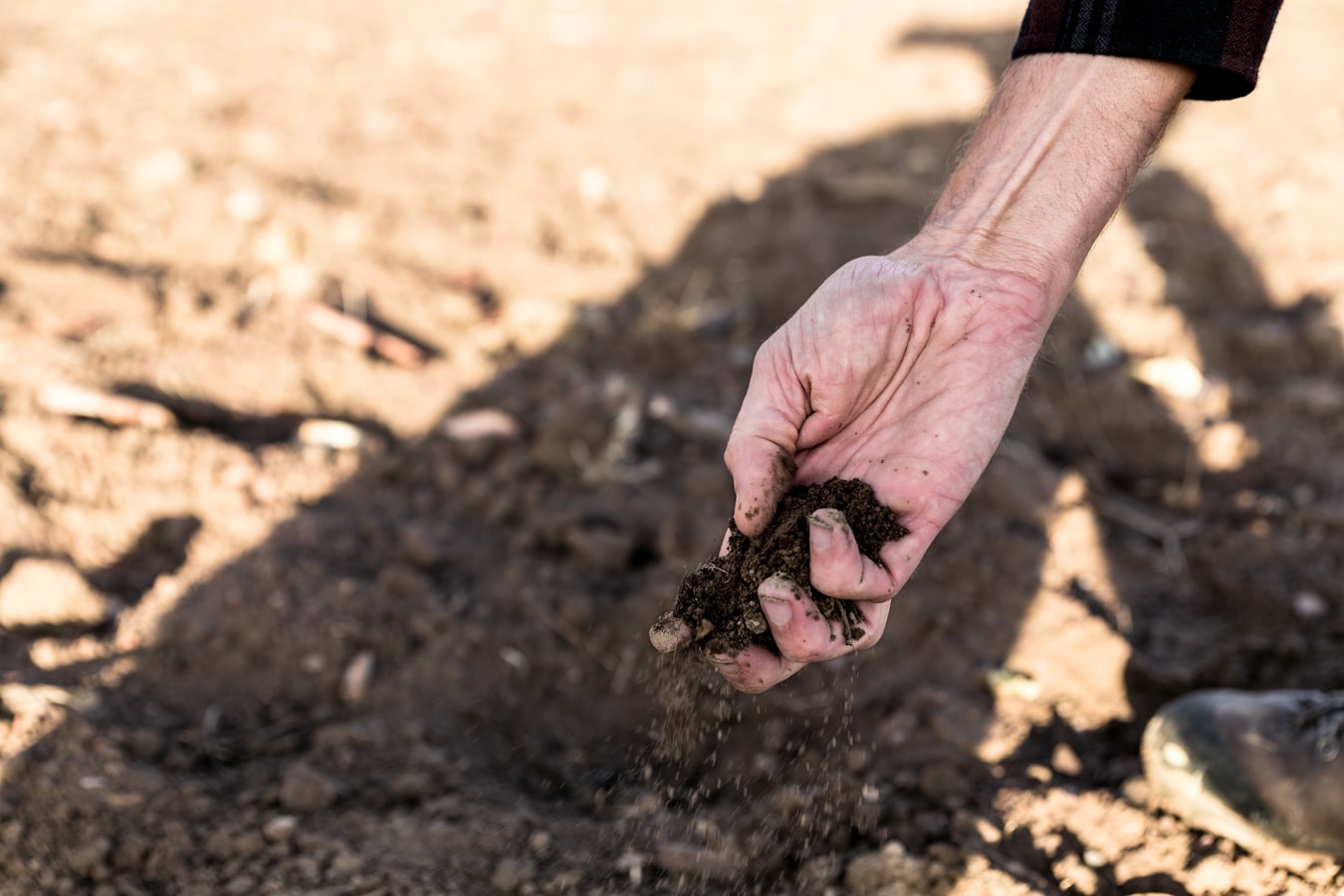
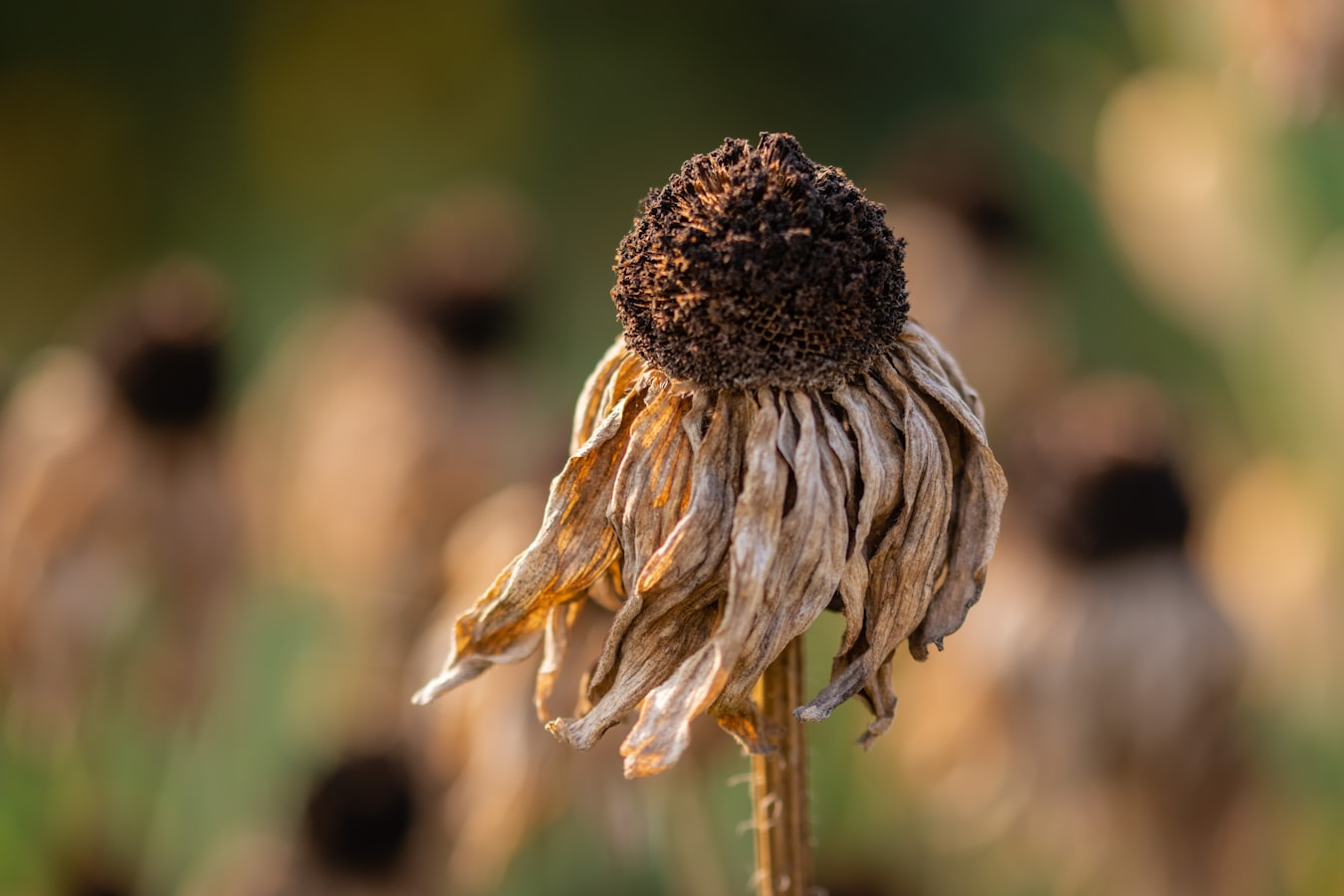
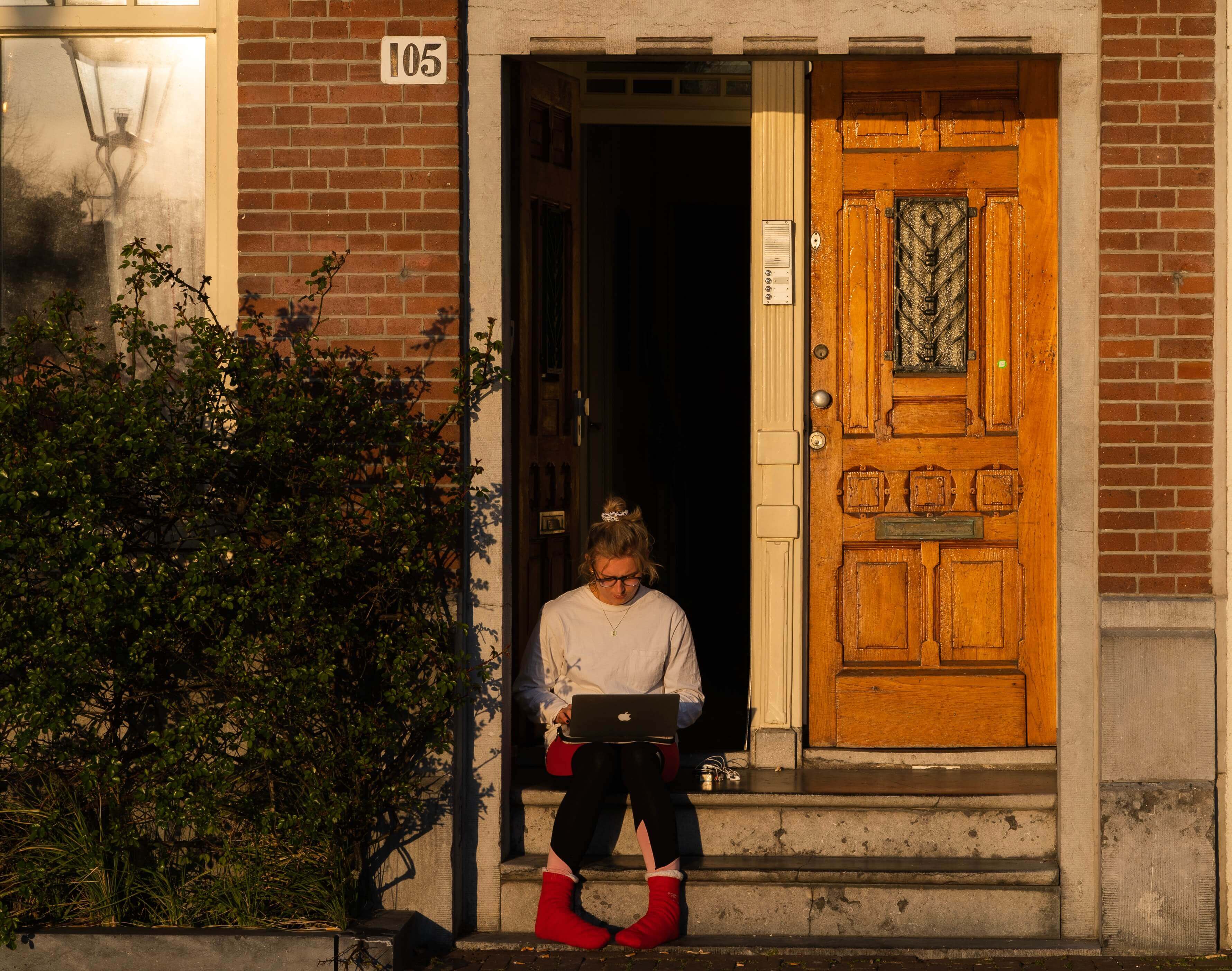
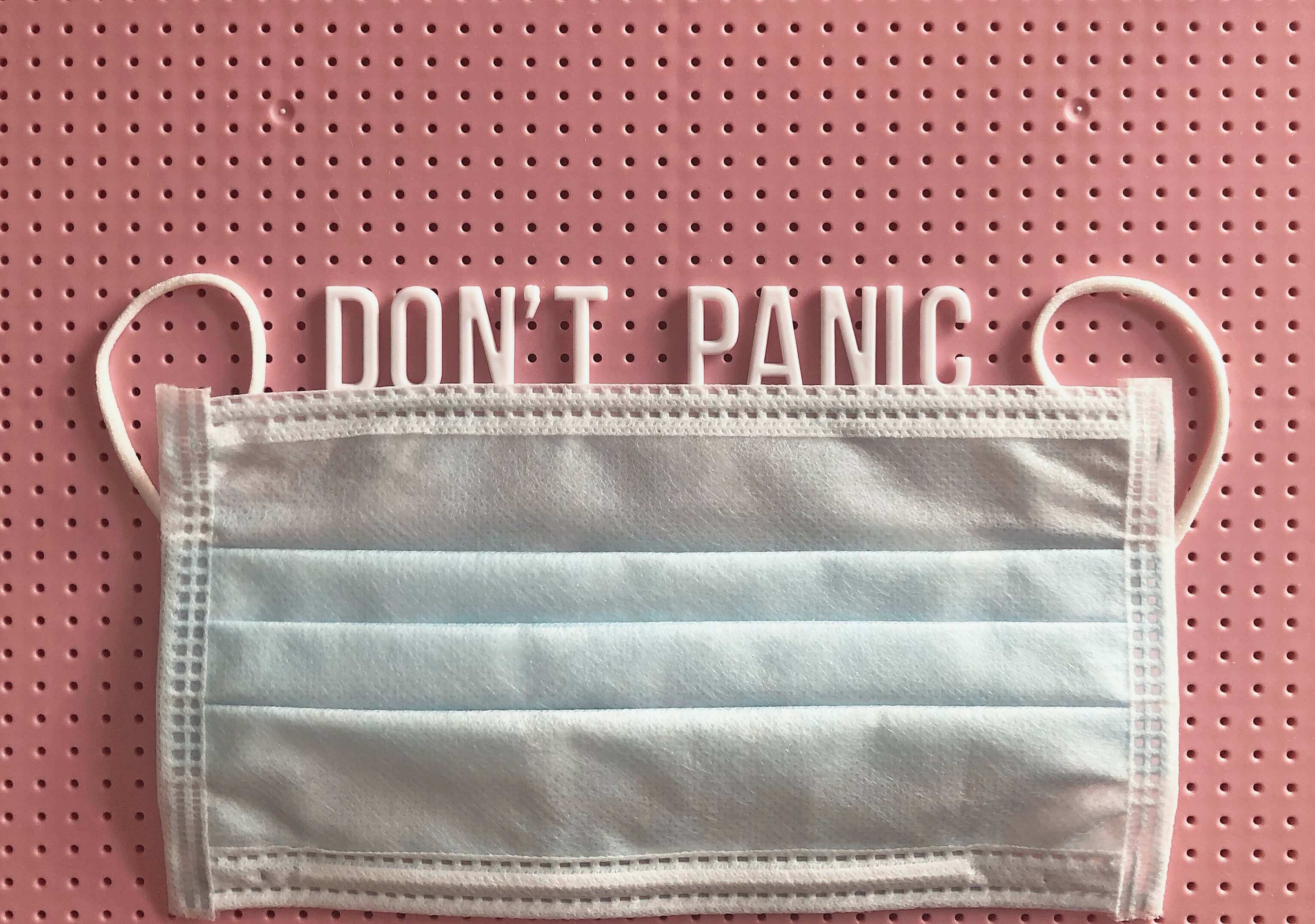




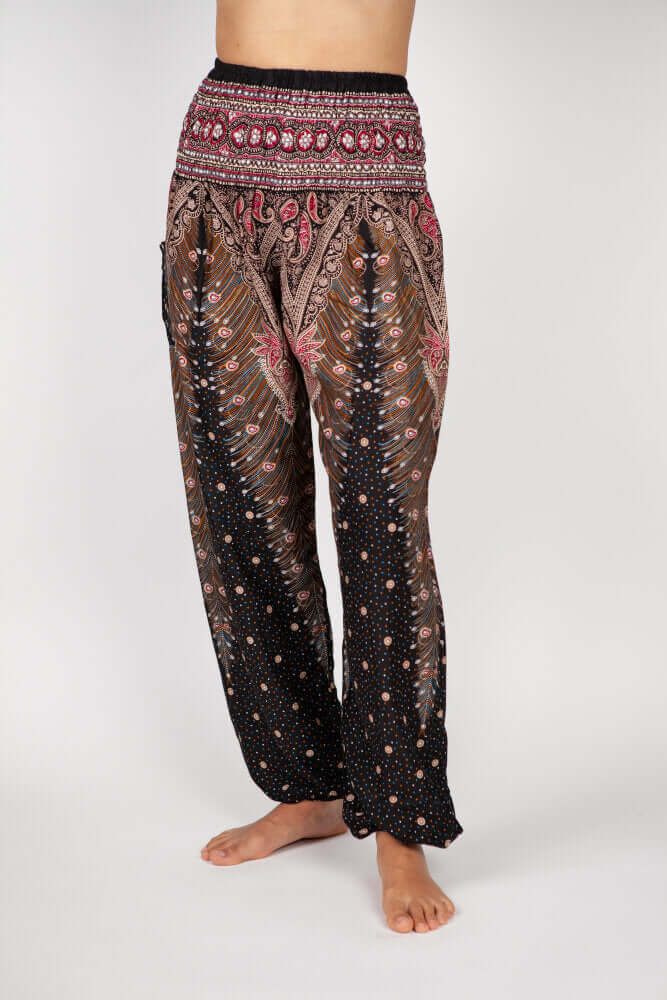

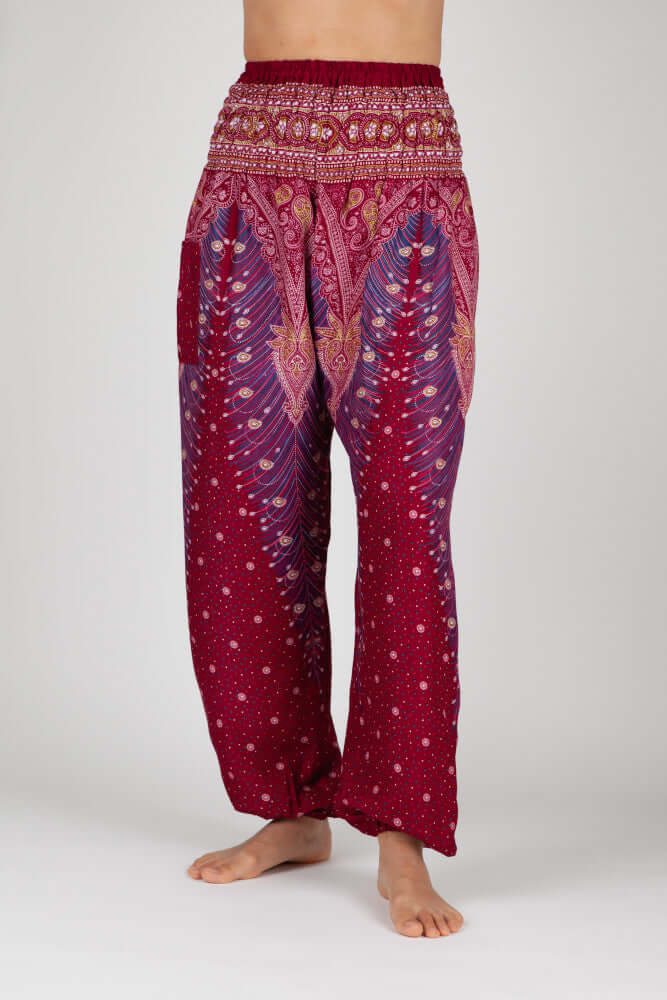







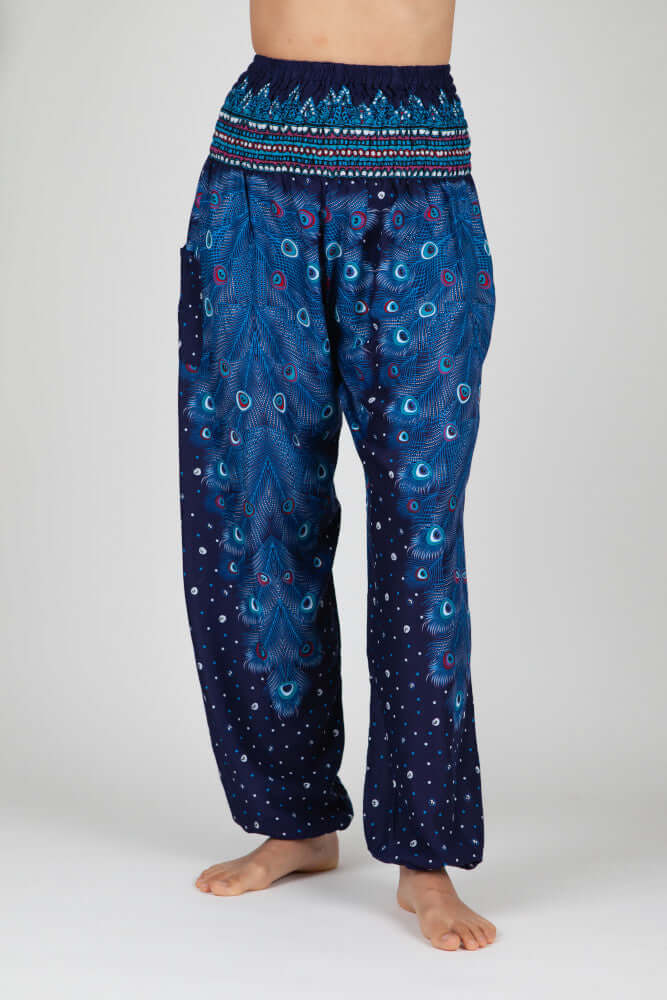



Leave a comment
This site is protected by hCaptcha and the hCaptcha Privacy Policy and Terms of Service apply.